#aventador
Text
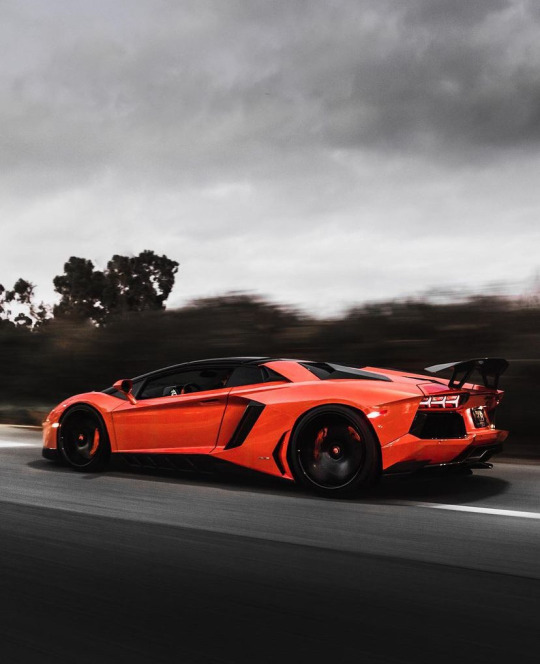
Lamborghini Aventador
by 25thh via Instagram
479 notes
·
View notes
Text

#lamborghini aventador#lamborghini#aventador#lambo#supercar#hypercar#exotic car#dream car#racecar#luxury car#sportscar#muscle car#muscle cars#musclecar#musclecars#classic#aesthetic#aesthetics#classic car#vintage
350 notes
·
View notes
Text
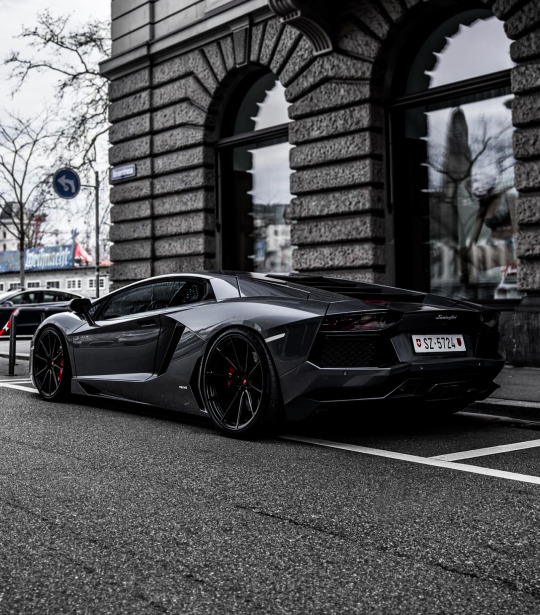
Underrated
145 notes
·
View notes
Text

289 notes
·
View notes
Text

TOP ⚜️ Lamborghini Aventador SVJ
#aabr#luxury car#carros#cars#autos#top#luxury#super cars#luxury top#supercars#Lamborghini Aventador SVJ#lamborghini#lamborghini svj#lamborgini aventador#aventador svj#svj#aventador
328 notes
·
View notes
Text
#lamborghini #hypercar #aventador #huracan #lamborghiniaventador #tokio #japan #aventadorsvj #lamborghinihuracan #supercar #car #carros
82 notes
·
View notes
Text

#pink#lambo#lamborghini#car#luxury#sports car#luxury car#race car#super car#hyper car#rich#expensive#luxury life#luxury lifestyle#night#pink car#aventador#huracan
190 notes
·
View notes
Text

Lamborghini Countach
#stance#stanced#lamborghini#lambo#countach#liberty walk#widebody#hurcan#urus#revuelto#350 gt#400 gt#miura#espada#islero#jarama#urraco#silhouette#jalpa#lm002#diablo#murcielago#gallardo#aventador#sv#svj#lp400#lp500#lp500s qv#roadster
67 notes
·
View notes
Text
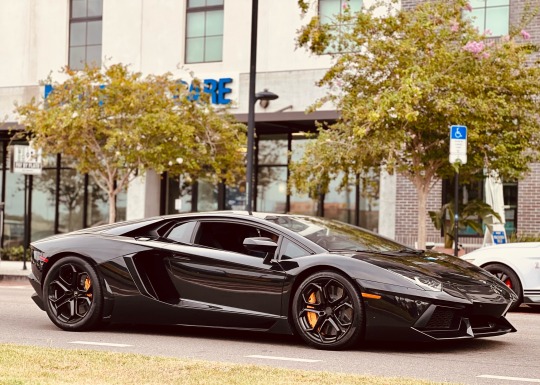
Tampa Bay Car Spotting 📸
#thecargays#cars#car blog#autos#custom car#sports car#supercar#lamborghini aventador#lamborgini aventador#lamborghini#aventador#lambo#Italian cars
216 notes
·
View notes
Text
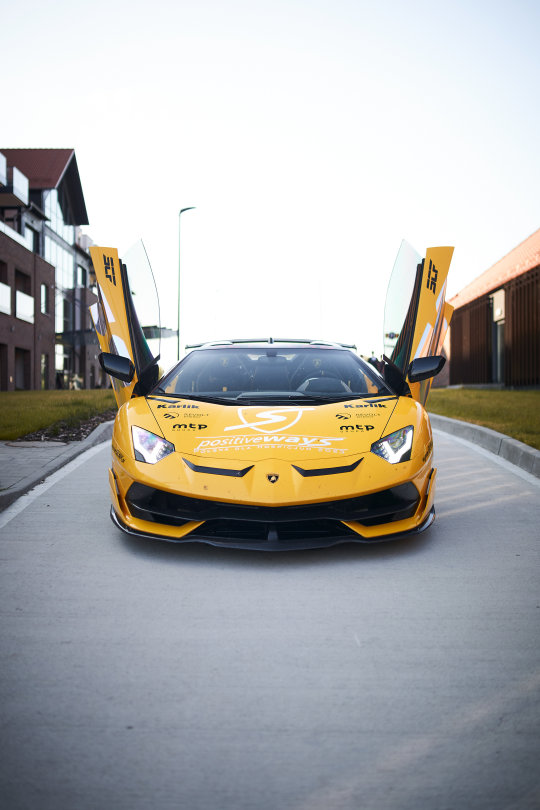
Lamborghini Aventador SVJ
Image by Bartosz Kakowski || IG
233 notes
·
View notes
Photo

Lamborghini Aventador SV
297 notes
·
View notes
Text

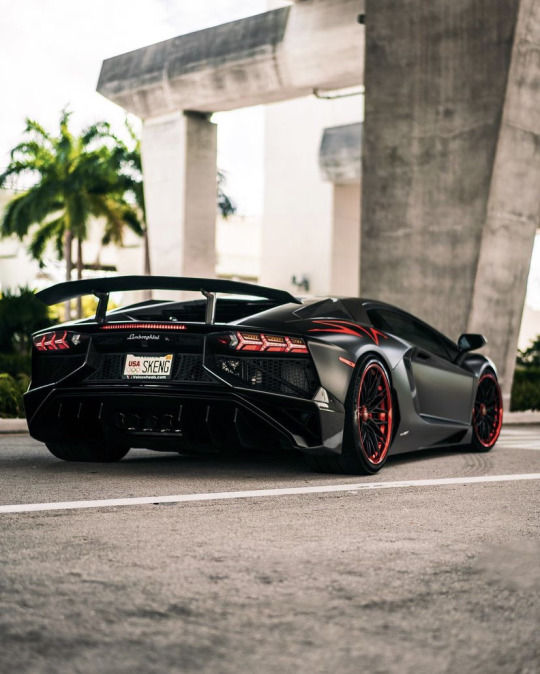


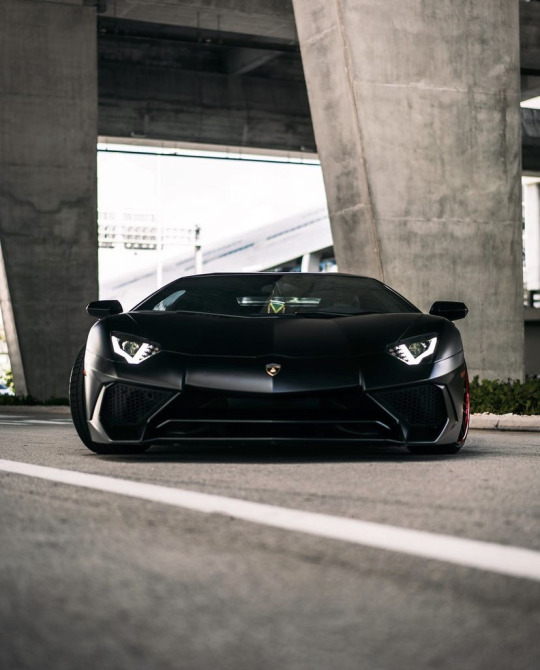

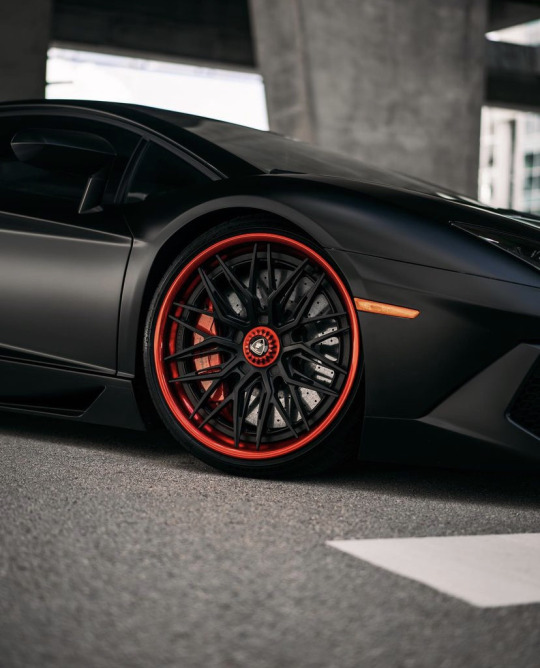
Lamborghini Aventador SV
by livelifemedia via instagram
307 notes
·
View notes
Text

#Lamborghini#aventador#lamborghini aventador#lambo#supercar#hypercar#sportscar#racecar#luxury car#dream car#exotic car#muscle car#muscle cars#musclecar#musclecars#classic#classic car#aes#aesthetic#aesthetics
151 notes
·
View notes
Text

112 notes
·
View notes
Text

158 notes
·
View notes
Photo
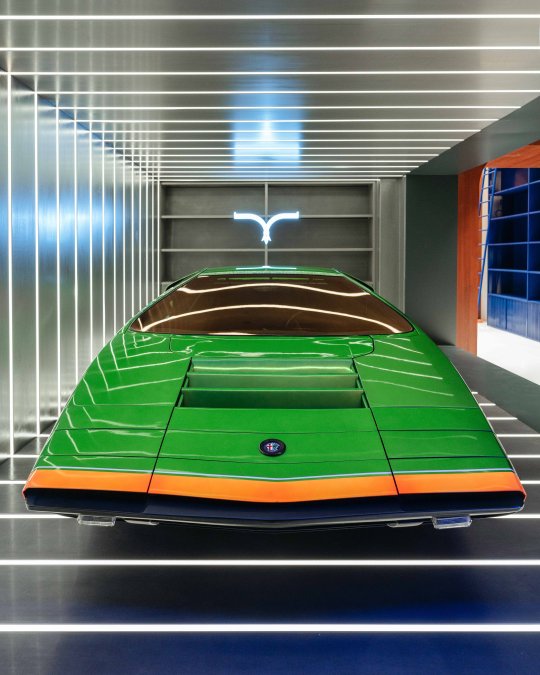
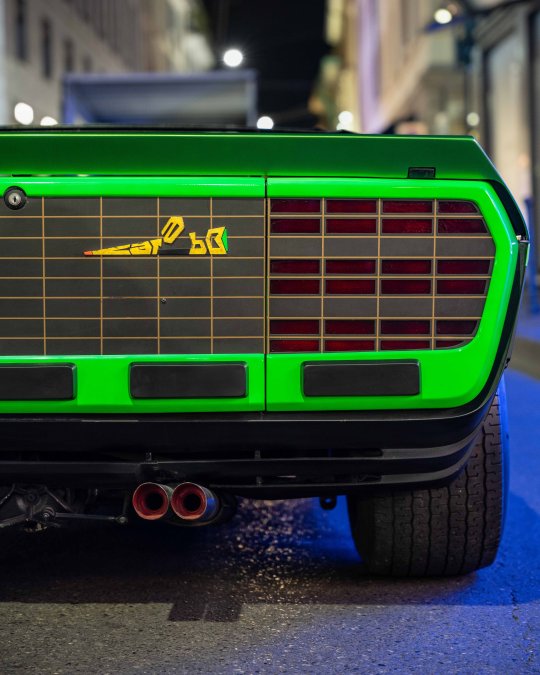
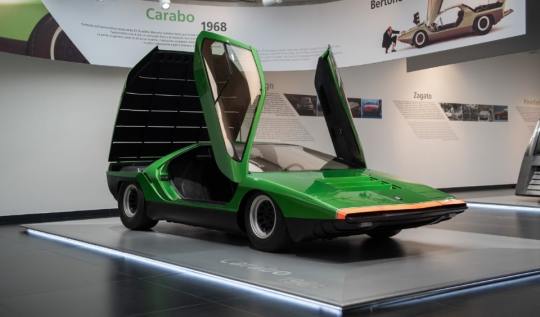

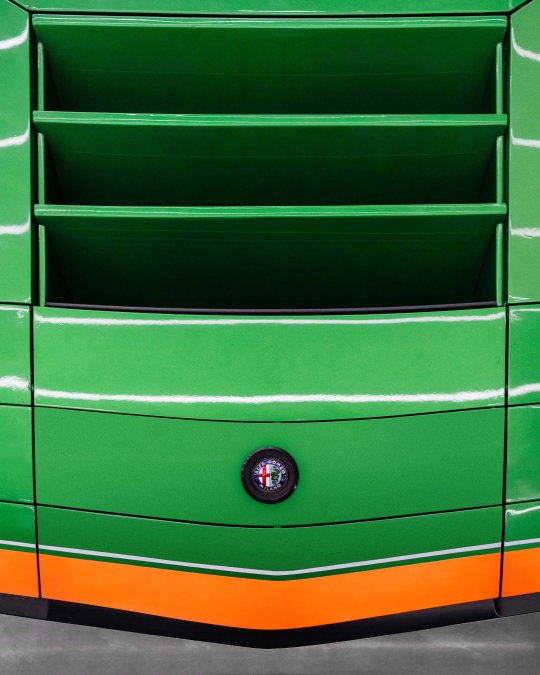
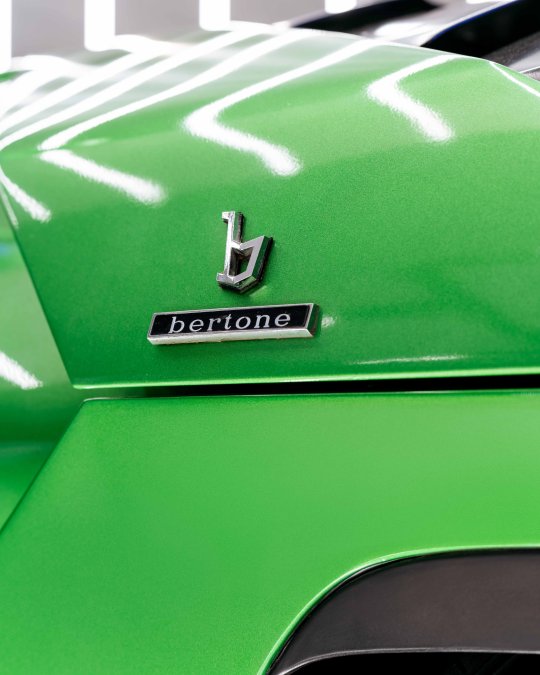

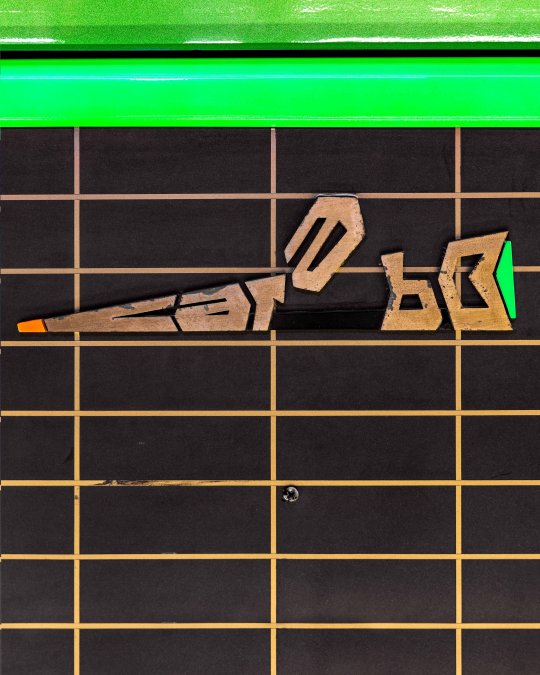


Alfa Romeo Carabo
The Carabo project was a collaborative effort between the Italian manufacturer and the Bertone styling house: a partnership which had previously borne fruits that included the 2000 Sportiva and BAT concept cars of the mid-1950s. The basis of the Carabo was a chassis numbered 75033.109 which was, more specifically, that of a 33 Stradale road car. Despite sharing mechanicals with the Tipo 33 race car and since being recognised as one of the most beautiful cars in history, Alfa had trouble finding owners for the Stradale due to its steep asking price of around $17,000. As a result, five of the Stradale chassis were passed to Italian carrozzerie: two to Pininfarina (used for the 33.2 and Cuneo concepts), one to Italdesign (which became the Iguana concept), and two to Bertone – the other being used as a basis for the 1976 Navajo concept.
The H-shaped tubular chassis supported an all-aluminium 1995cc engine which was designed by Carlo Chiti and, incidentally, was the first Alfa Romeo V8. The fuel-injected, longitudinally mounted motor used chain-driven camshafts and red-lined at 10,000rpm, despite being detuned to 230bhp from the Tipo race car’s 250-270bhp. This granted the Carabo a top speed of 160mph and the ability to dispatch the 0-62mph sprint in 5.5 seconds, with the power being sent to the rear wheels through a six-speed, syncromeshed, transaxle gearbox designed by Valerio Colotti.
Because of its underpinnings, designer Marcelo Gandini had the opportunity to create a car that would revolutionise the automotive industry for many years afterwards. The engine being mounted amidships allowed for a pointed front end, while the ground-hugging poise inherited from the Tipo race car meant the car was under a metre tall at its highest point. Combined with the squared-off rear end, these characteristics inspired countless wedge-shaped designs of the 70s and 80s, and also gave the car its name and colour: Carabo is derived from ‘Carabidae’, a family of ground-beetles with a distinctive green and gold colour.
The principle of the wedge-shaped profile was used to eliminate the high-speed aerodynamic lift troubles of the Lamborghini Miura, which Gandini had penned two years earlier. However, his innovative cerebration didn’t stop there: as well as having headlights hidden beneath active flaps, the Carabo was the first concept car with front-hinged wing doors, later used by Gandini when designing the Lamborghini Countach and since assuming the ‘Lamborghini doors’ meme. As well as inspiring the revolutionary raging bull, the Carabo clearly also lent styling cues to the Lancia Stratos Zero concept car, which in turn inspired the iconic Stratos HF.
Unsurprisingly, the Carabo remained a one-off, but its revolutionary styling dramatically steered the automotive design industry onto a radically different path – one which produced some of the landmark cars of the 20th Century. Even those who can’t look favourably on its apparent aversion to curved surfaces should take a second to appreciate its legacy; after all, would an Aventador have quite the same drama without its ‘Carabo doors’?
#Alfa Romeo Carabo#BAT#33 Stradale#Navajo#Lamborghini Miura#Lamborghini Countach#Lancia Stratos Zero#Stratos HF#Aventador
234 notes
·
View notes